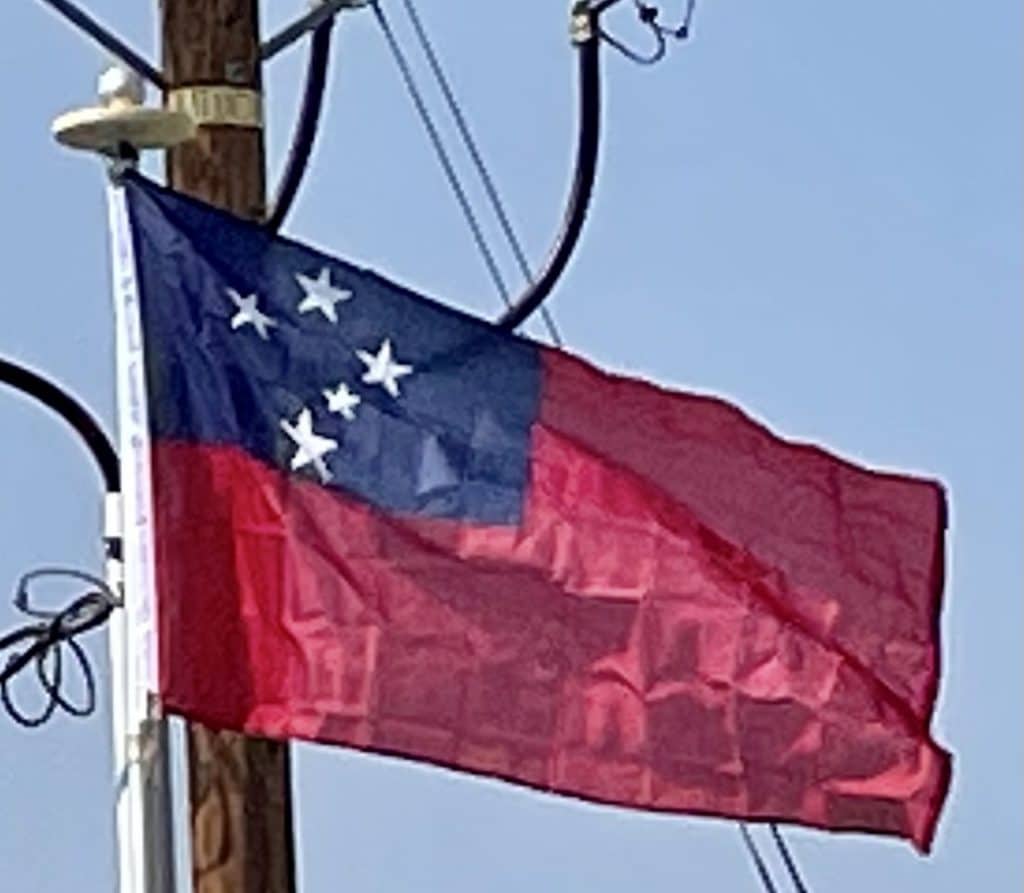Introduction:
Samoa, officially the Independent State of Samoa and until 1997 known as Western Samoa, is a Polynesian island country consisting of two main islands (Savai’i and Upolu), two smaller, inhabited islands (Manono and Apolima), and several smaller, uninhabited islands, including the Aleipata Islands (Nu’utele, Nu’ulua, Fanuatapu and Namua). The capital city is Apia. The Lapita people discovered and settled the Samoan Islands around 3,500 years ago. They developed a Samoan language and Samoan cultural identity.
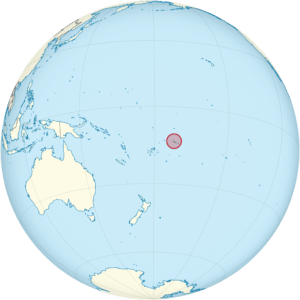
Samoa is a unitary parliamentary democracy with eleven administrative divisions. The sovereign state is a member of the Commonwealth of Nations. Western Samoa was admitted to the United Nations on 15 December 1976. Because of the Samoans’ seafaring skills, pre-20th-century European explorers referred to the entire island group (which includes American Samoa) as the “Navigator Islands.”] The country was occupied by the German Empire from 1899 to 1915, and by a joint British and New Zealand colonial administration until 1 January 1962, when it became independent.
History:
Early Samoa:
Samoa was discovered and settled by the Samoans’ Lapita ancestors (Austronesian people who spoke Oceanic languages). New Zealand scientists have dated the earliest human remains found in Samoa to between roughly 2900 and 3500 years ago.
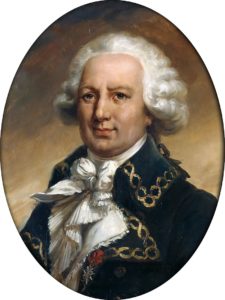
Contact with Europeans began in the early 18th century. Jacob Roggeveen, a Dutchman, was the first known non-Polynesian to sight the Samoan islands in 1722. This visit was followed by French explorer Louis-Antoine de Bougainville, who named them the Navigator Islands in 1768. Contact was limited before the 1830s, which is when English missionaries, whalers and traders began arriving.
Samoa in the 1800s:
Visits by American trading and whaling vessels were important in the early economic development of Samoa.
Christian missionary work in Samoa began in 1830 when John Williams of the London Missionary Society arrived in Sapapali’i from the Cook Islands and Tahiti.
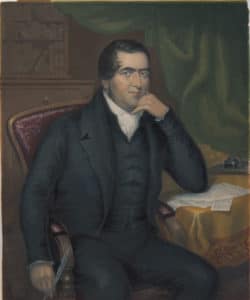
The Germans, in particular, began to show great commercial interest in the Samoan Islands, especially on the island of Upolu, where German firms monopolised copra and cocoa bean processing. The United States laid its own claim, based on commercial shipping interests in Pearl River in Hawaii and Pago Pago Bay in Eastern Samoa, and forced alliances, most conspicuously on the islands of Tutuila and Manu’a which became American Samoa.
Britain also sent troops to protect British business enterprise, harbor rights, and consulate office. This was followed by an eight-year civil war, during which each of the three powers supplied arms, training and in some cases combat troops to the warring Samoan parties. The Samoan crisis came to a critical juncture in March 1889 when all three colonial contenders sent warships into Apia harbor, and a larger-scale war seemed imminent. A massive storm on 15 March 1889 damaged or destroyed the warships, ending the military conflict.
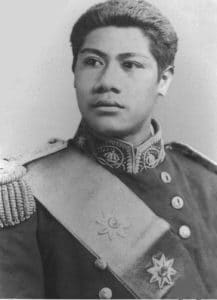
The Second Samoan Civil War reached a head in 1898 when Germany, the United Kingdom, and the United States were locked in dispute over who should control the Samoan Islands. The Siege of Apia occurred in March 1899. Samoan forces loyal to Prince Tanu were besieged by a larger force of Samoan rebels loyal to Mata’afa Iosefo. Supporting Prince Tanu were landing parties from four British and American warships. After several days of fighting, the Samoan rebels were finally defeated.
